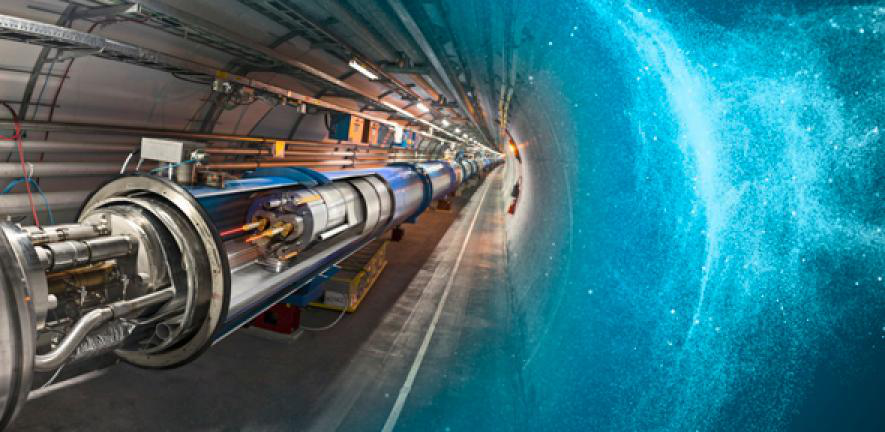Speaker
Description
Machine learning techniques have been improving rapidly, and this has seen their
application grow within the high energy particle physics space. In this work, we propose the use of deep neural networks based on full supervised learning to search for heavy resonances at the electroweak scale with topological requirements. This study is carried out in both inclusive and exclusive regions of the phase space tailored for specific production mode. The technique is well situated for collider searches due to its ability to learn more complex functions, and it is evaluated in the Zγ final state using the Monte Carlo simulated signal samples for 139 $\text{fb}^{-1}$ of integrated luminosity for Run 2, collected at the LHC. This approach is complemented with semi-supervised learning and used to calculate the limit on the production of Higgs-like to Zγ where the significance of the signal is maximum.

